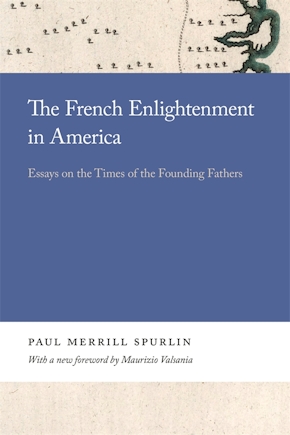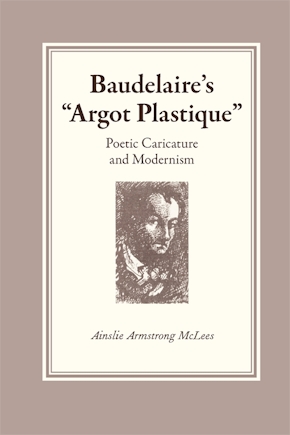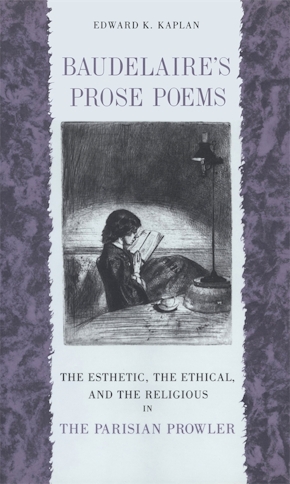Resonant Gaps
Between Baudelaire and Wagner
Title Details
Pages: 264
Trim size: 6.000in x 9.000in
Formats
Hardcover
Pub Date: 07/01/1995
ISBN: 9-780-8203-1709-0
List Price: $46.95
Resonant Gaps
Between Baudelaire and Wagner
Skip to
- Description
Resonant Gaps examines the ways in which Charles Baudelaire exploited certain powers of figurative language while writing on music, particularly that of Richard Wagner. Unlike many recent music/literature studies, Margaret Miner focuses less on the possible convergences of text and music than on their productive distances and divergences.
At the heart of this study is Baudelaire's 1861 essay Richard Wagner et Tannhauser à Paris, which is included in this volume in the French text of the 1861 Dentu edition. Called a "long-meditated work of circumstance" by its author, Richard Wagner is the only piece of music criticism that Baudelaire ever attempted, despite the prominence of music as a theme and a metaphor throughout his writings. In the essay, says Miner, Baudelaire strove to erase the distinction between reading about Wagner's music and listening to it. Continually sidestepping expectations and evading classification, Baudelaire makes connections among musical understanding, concrete or spatial distance, and the abstract or conceptual distance between different arts.
Miner discusses such topics related to Baudelaire's project as his repertoire of textual and rhetorical maneuvers, including italicization, quotation, personification, digression, and metaphor; his assessment of the music's seductive ability to surround and suffuse the listener; and the misunderstandings about and prejudices against Wagner and his music that hampered its critical reception in France. Throughout her study, Miner also refers to similar literary undertakings by Liszt, Nietzsche, Mallarmé, and Proust, which involved the music of Wagner and Debussy.
Miner argues that Baudelaire's aim in attempting to lessen or suppress various distances that he discovers between his text and the music is not to freeze movement entirely but to inscribe his writing on Wagner's music so that the two might travel together over an aesthetic landscape that shelters rather than separates them.



